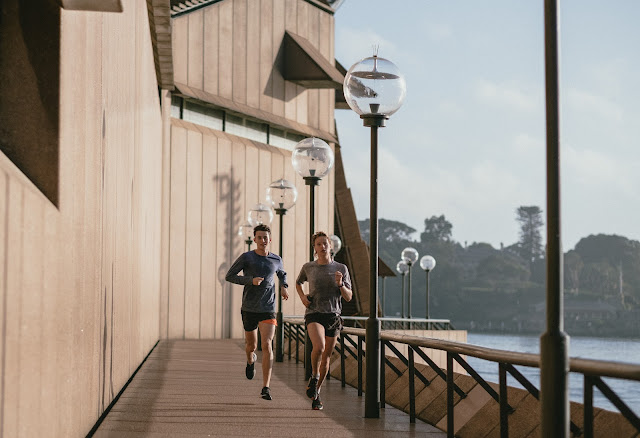How do I know my fitness, You may already be familiar with your fitness level, but knowing the details can help you set realistic fitness goals, track your progress, and stay motivated, it's easier than you think.
Gather your tools
Fitness is generally evaluated in terms of four main areas: aerobic fitness, muscular strength and endurance, flexibility and body composition. To perform the assessment, you need the following:
- A watch that can measure seconds or hours
- measuring tape for clothes
- Measuring stick (yard stick)
- heavy tape
- Arbitrage
- Someone help you with your grades
You will also need a pencil or pen and paper to record your score after completing each section of the assessment. You can also record your scores in a notebook or journal, or save them to a spreadsheet or other electronic format.
Test your aerobic fitness: brisk walking
To assess your aerobic fitness, walk 1 mile (1.6 km). You can walk anywhere, such as walkways in walking areas, a playground, inside a supermarket or on a treadmill. Check your heart rate and record it in a diary or notebook before and after you walk.
To check the pulse in the carotid artery, place the index and middle fingers on the neck toward the side of the trachea. To check the pulse from the wrist, place two fingers between the bone and the ligament on the radial artery: on the side of the wrist towards the thumb.
And when you feel a pulse, look at the clock and count the number of beats in 10 seconds.
After recording your heart rate, record the time on your watch and walk 1 mile (1.6 km). After you're done walking, check your watch and record the time it took you to complete it, in minutes and seconds, in a notebook or journal. Then check your heart rate again and record it.
Measuring muscle strength and endurance: push-ups
Push-ups can help measure muscle strength. If you are just starting a fitness program, do push-ups on your knees. And if you're in really good shape, do push-ups regularly. Regarding the two types:
- Face on the floor with elbows bent and palms by the shoulders.
- Keeping your back straight, raise your body using your hands until your arms are extended.
- Lower your body until your chest is about two inches close to the floor.
- Jump up and return to the ground in the starting position.
Each time you return to the starting position counts as one press. Do as many push-ups as possible until you need to stop to rest. Record the number of keystrokes you make in Notepad or Journal.
Personal Flexibility: Sitting and Reaching
The sit and reach test is a simple way to measure the flexibility of the back of the legs, the pelvic region, and the lower back in general. thus:
- Place the measuring stick on the floor. Install it by sticking the dipstick at the 15 in (38 cm) mark.
- Position your feet so that they are approximately equal to the mark on the cane.
- Lean forward as fast as you can, and hold this position for a while.
- Notice how far you've come.
- Repeat the test two more times.
- Score the best result three times.
Estimation of body composition: waist circumference and BMI
Using a clothing measuring tape, measure the circumference of the waist above the thigh bone. Record your waist circumference in inches or centimeters in a notebook or diary.
Next, determine your body mass index (BMI), an indicator of your body fat percentage, using a BMI chart or online calculator.
If you are calculating mass yourself, divide your weight in pounds by the square of your height in inches and multiply the number by 703.
Record your BMI with other scores in your notebook or diary.
How do I know my fitness, Now you know your fitness level, track your progress. Take the same measurements about six weeks after starting the training program and periodically thereafter.
And each time you re-evaluate, you'll be happy with your progress and adjust your fitness goals accordingly. Tell your doctor or coach about the results for further guidance.




Comments
Post a Comment